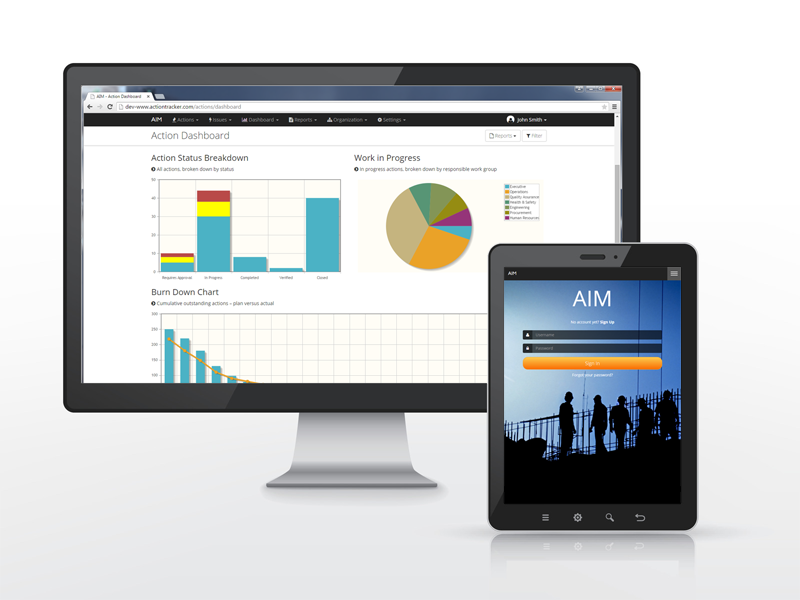
What Is the Safety Triangle?
At-risk behaviours occur on the job all the time: for example, a construction worker not wearing a hard hat. Usually, these behaviours are benign, cause no issues and as a result continue unchanged. However, unchanged behaviours can result in a more serious incident, injury, or fatality. Can we quantify the relationship between these low level behaviours and serious accidents?
In 1931, Herbert Heinrich, Assistant Superintendent at the Travelers Insurance Company, attempted to answer that question. He published a groundbreaking study in his book: Industrial Accident Prevention, A Scientific Approach. Heinrich estimated that for every major injury, there are 29 minor injuries, and 300 accidents without injury.
In 1961, Frank Bird, Director of Engineering Services for the Insurance Company of North America, refined Heinrich’s work. Bird undertook a massive study encompassing approximately 2 million accidents, 300 companies and 3 billion hours worked. His results showed that for every major injury, there are 10 minor injuries, 30 accidents causing property damage, and 600 accidents with no injury or damage.
In 2003, a Conoco Phillips Marine study expanded our understanding one step further. It found that for every fatality, there are approximately 300,000 at risk behaviours.
These studies are often combined to form what is called the safety triangle or the safety pyramid. While the specific numbers are debatable, and probably industry-dependent, the conclusion is clear: a large enough number of unsafe acts eventually results in a fatality.
Why Should I Track Unsafe Acts and Near Misses?
Tracking low level events like unsafe acts, near misses, good catches, etc. gives us insight into the bottom level of the safety triangle. With enough reports, we can begin to identify trends and deficiencies in our operations. If we can address the underlying causes of these low level events, we can prevent more serious accidents from occurring at higher levels of the safety triangle.
How Can I Efficiently Track Low Level Events?
AIM is a management software tool that enables leaders within an organization to effectively track issues and manage actions through their full lifecycle.
A simple, well-designed interface ensures records are easily entered by frontline staff. Cloud hosted, web-based technology allows for device-independent and location-independent access from a dispersed workforce.
- Learning Centre Contents
- Plan-Do-Check-Act
Modeling the Continuous Improvement Process - The Management System Triumvirate
Bringing Quality, Environment, Health, and Safety Standards Together - The Safety Triangle
Why You Should Track Near Misses, Good Catches, Observations, and Low Level Events - Using Description Codes and Cause Codes
To Trend Quality, Environment, Health, and Safety Issues

